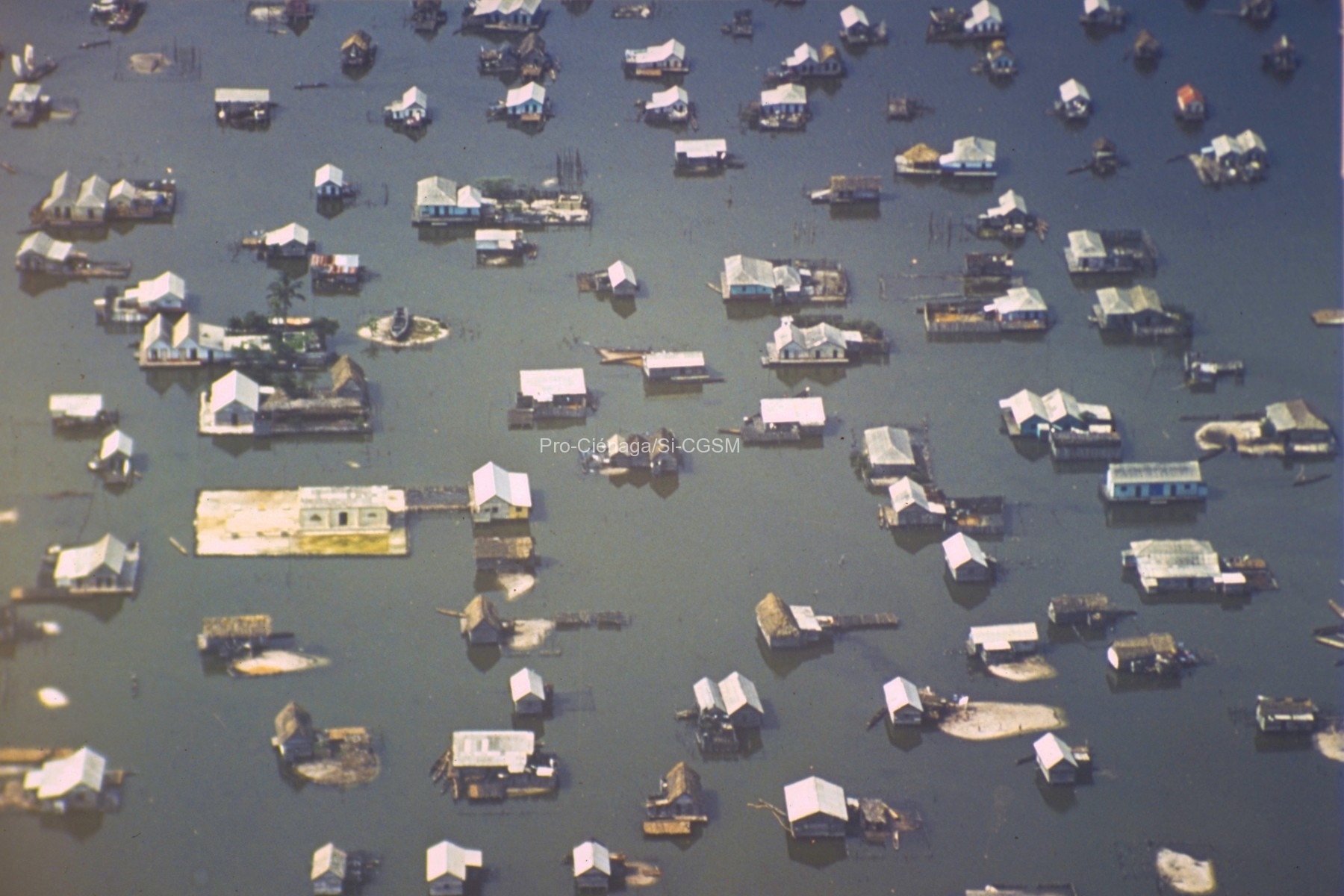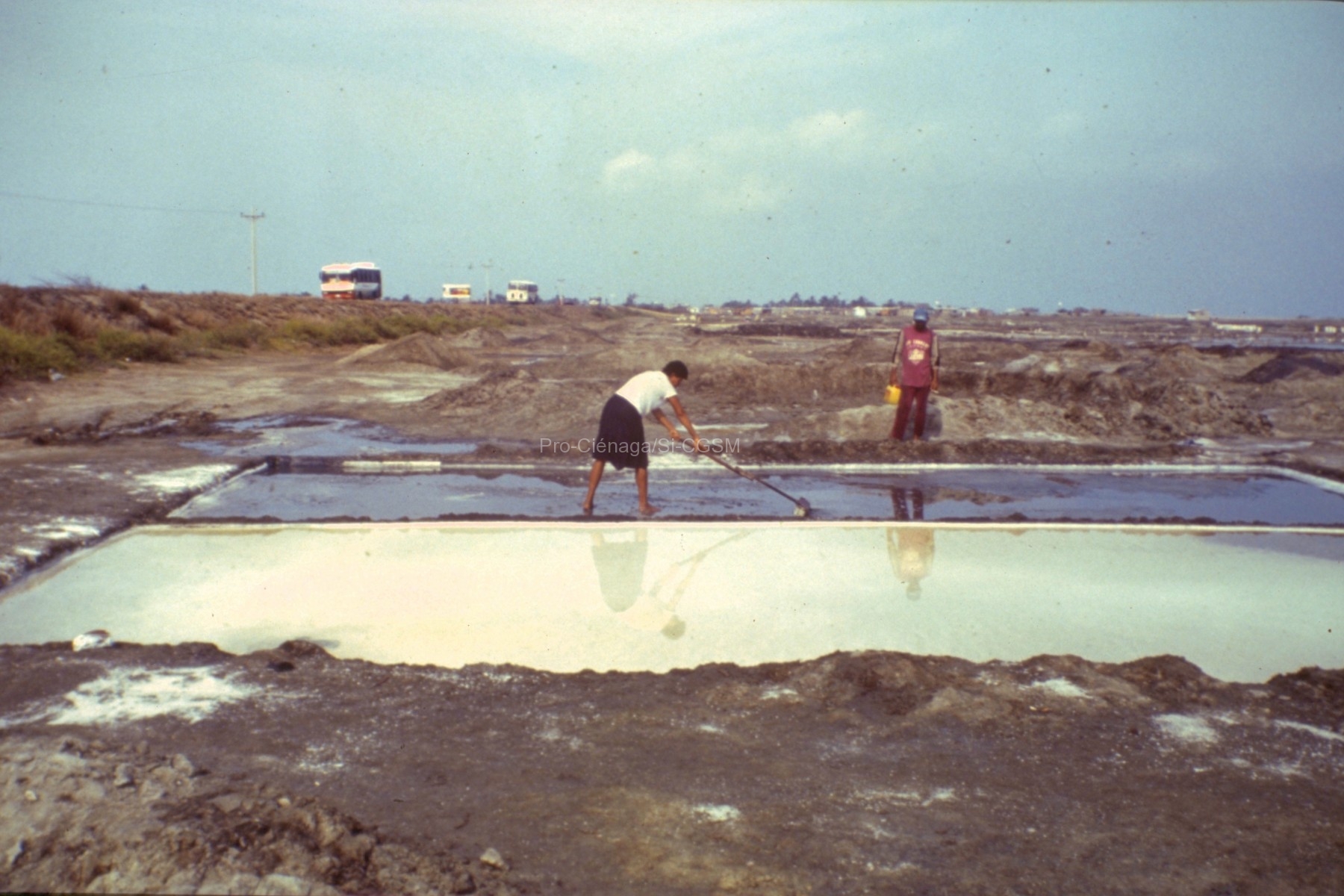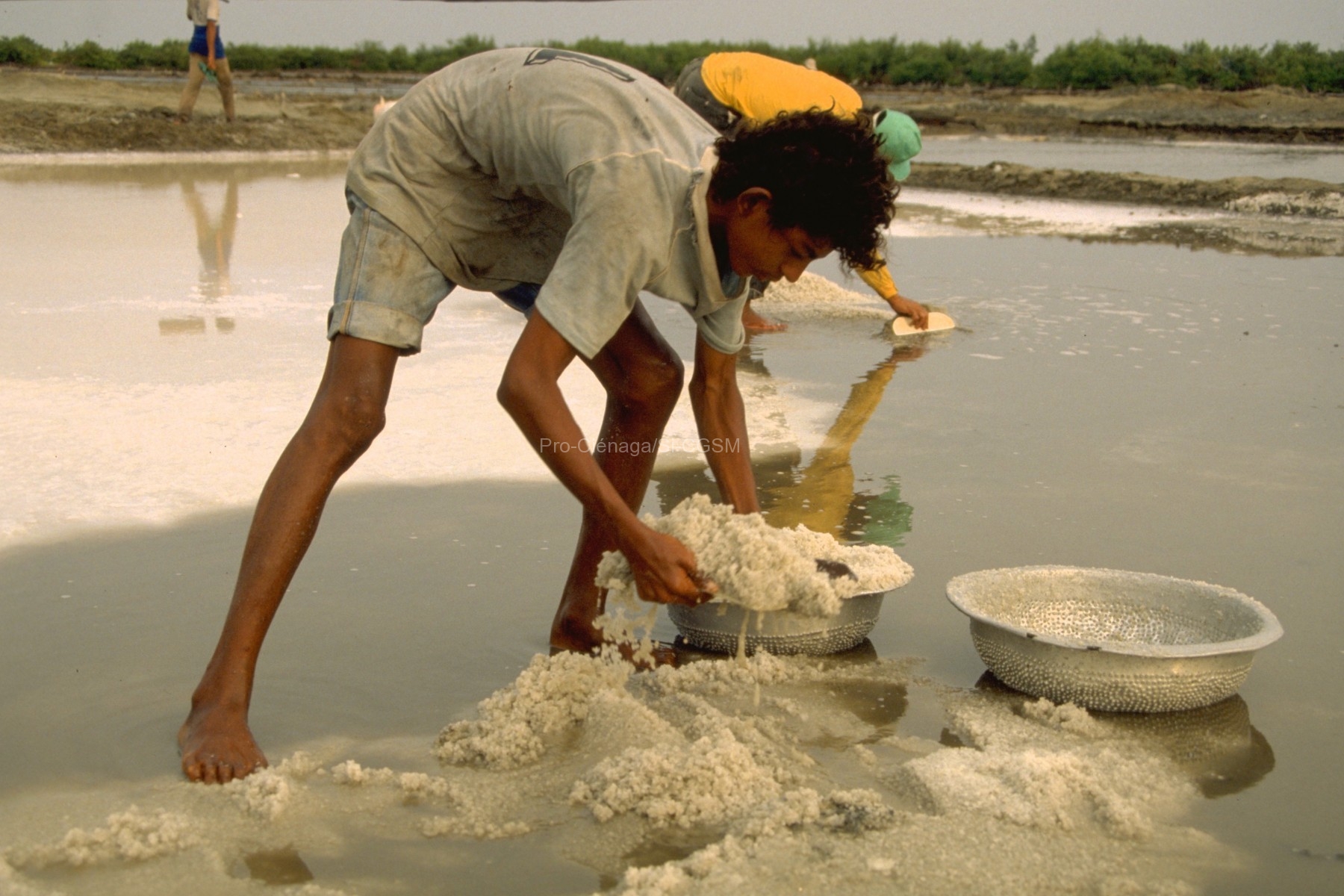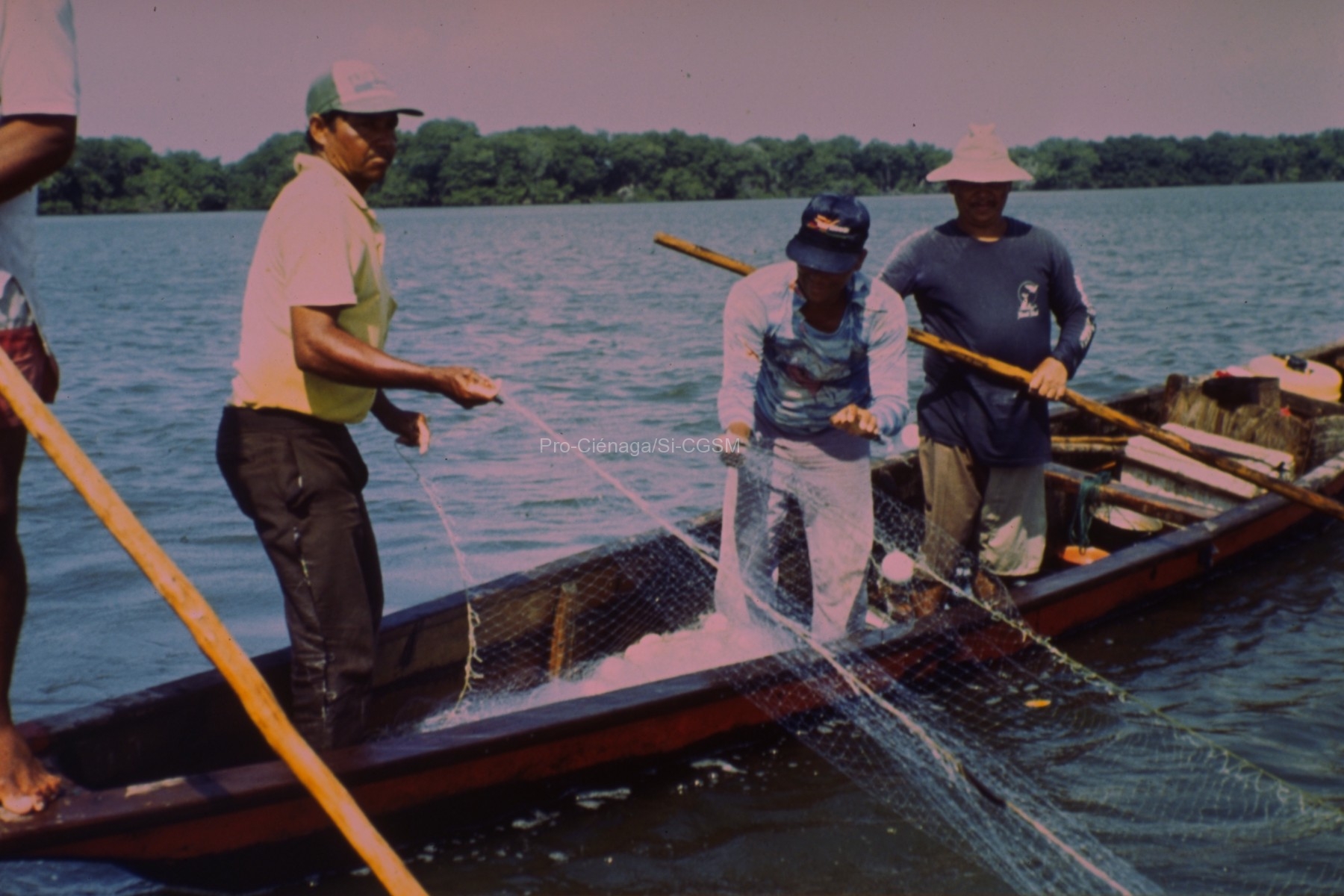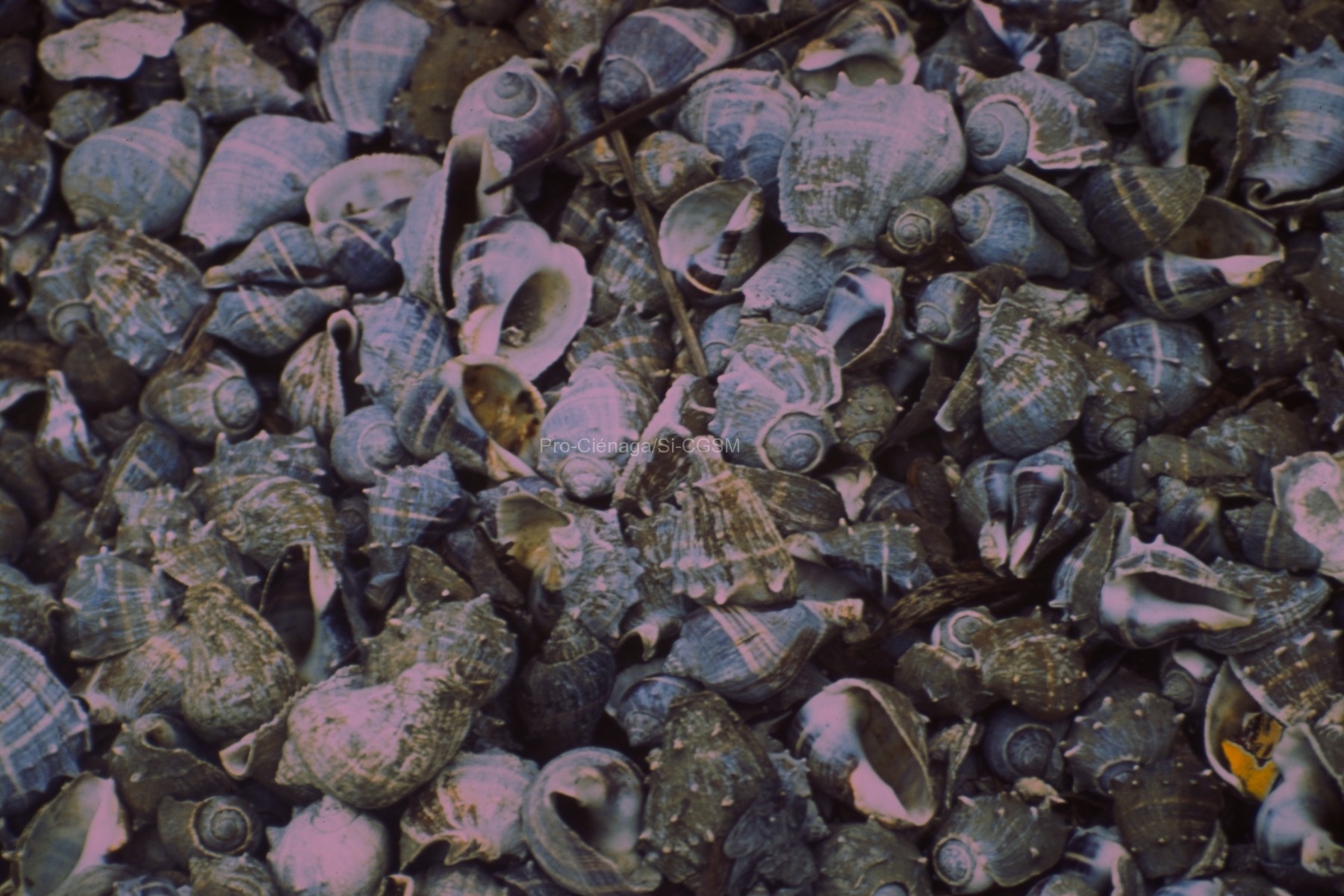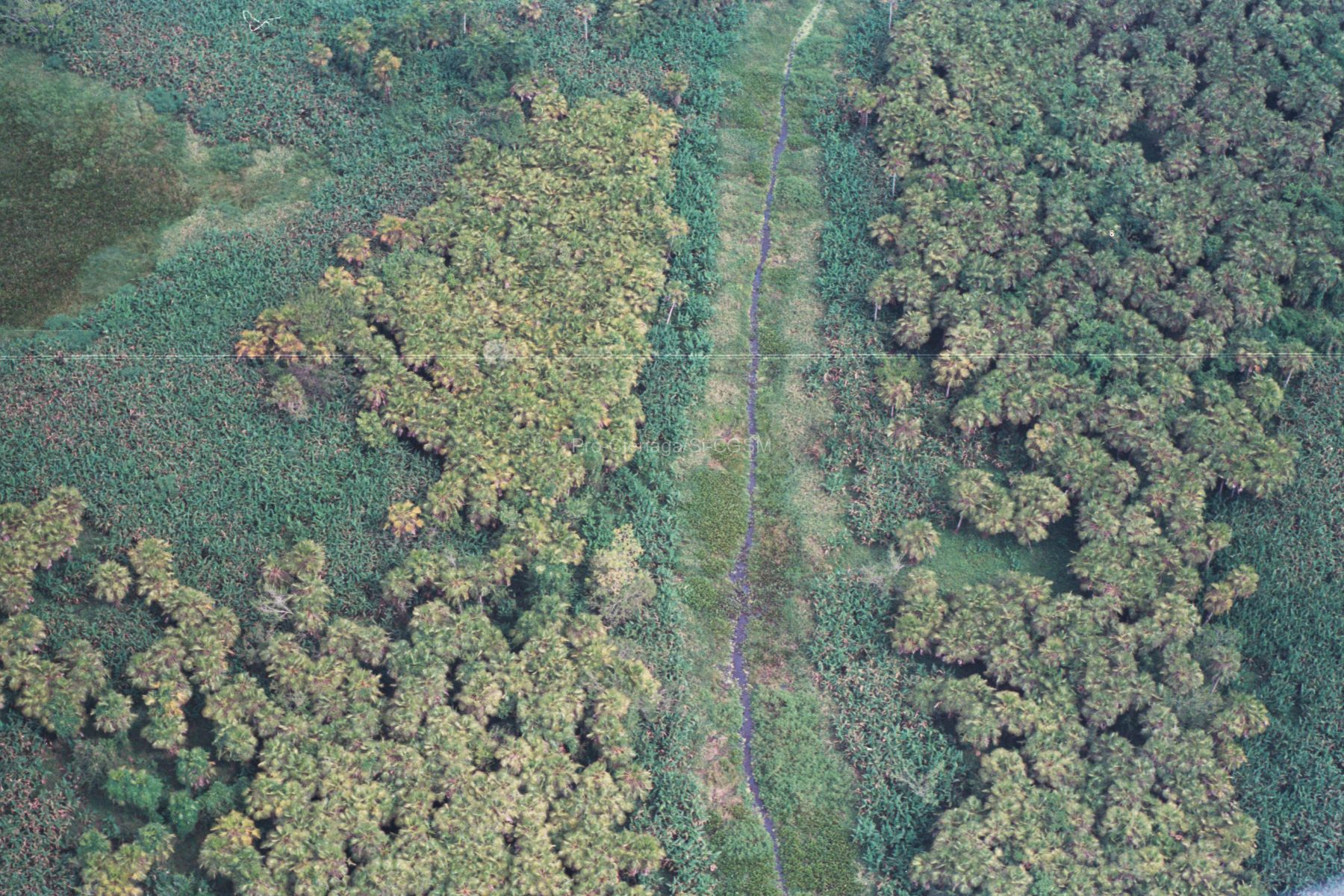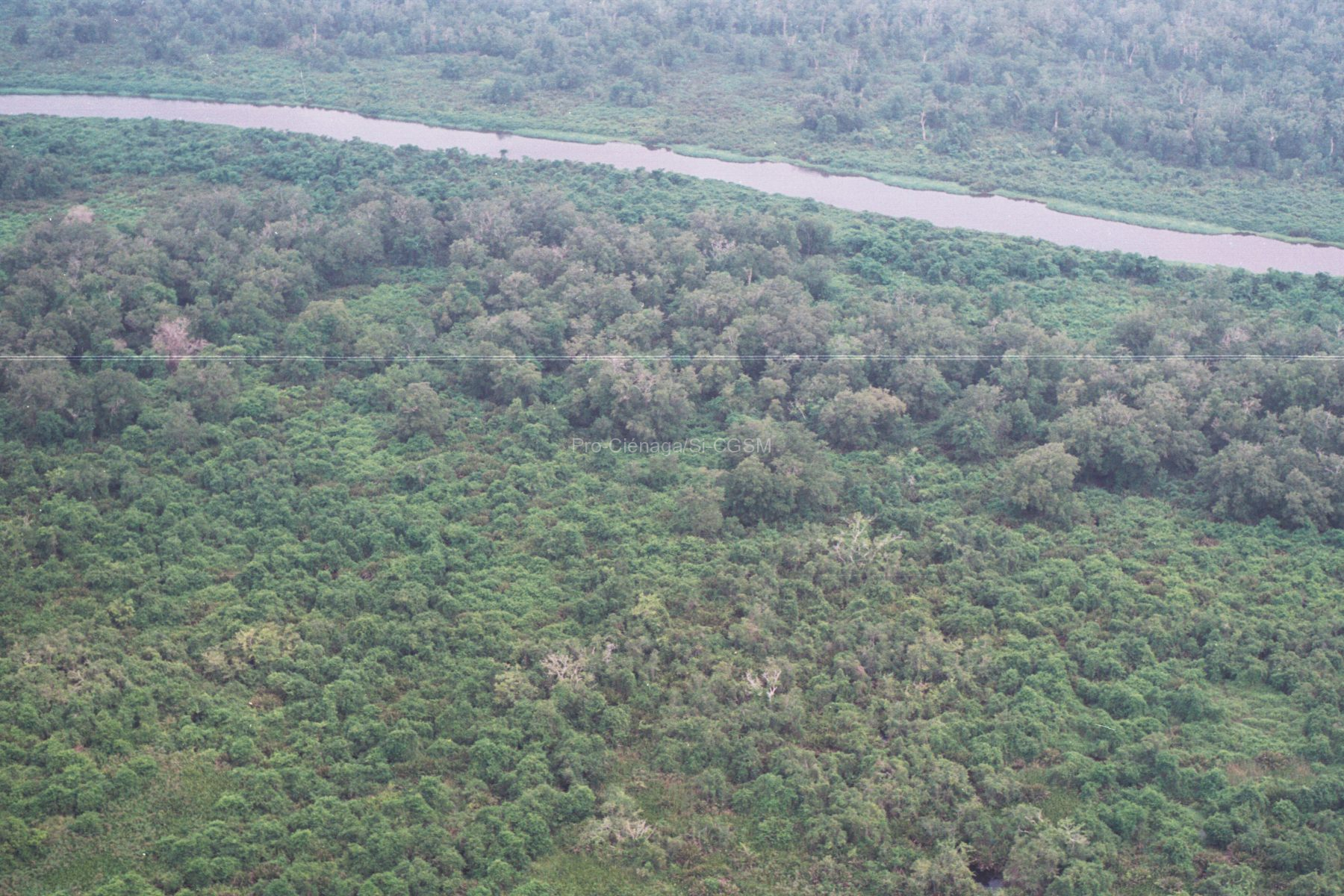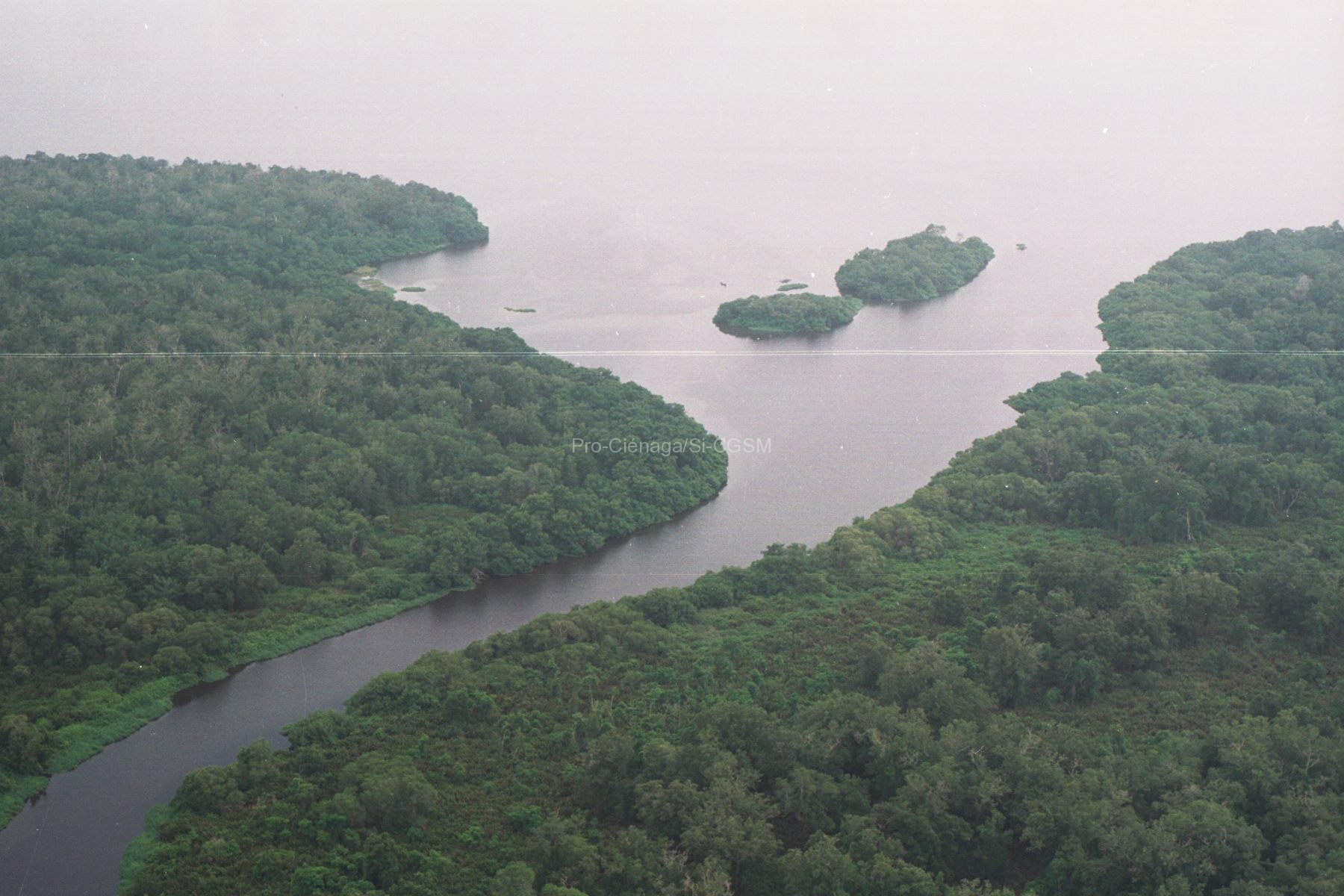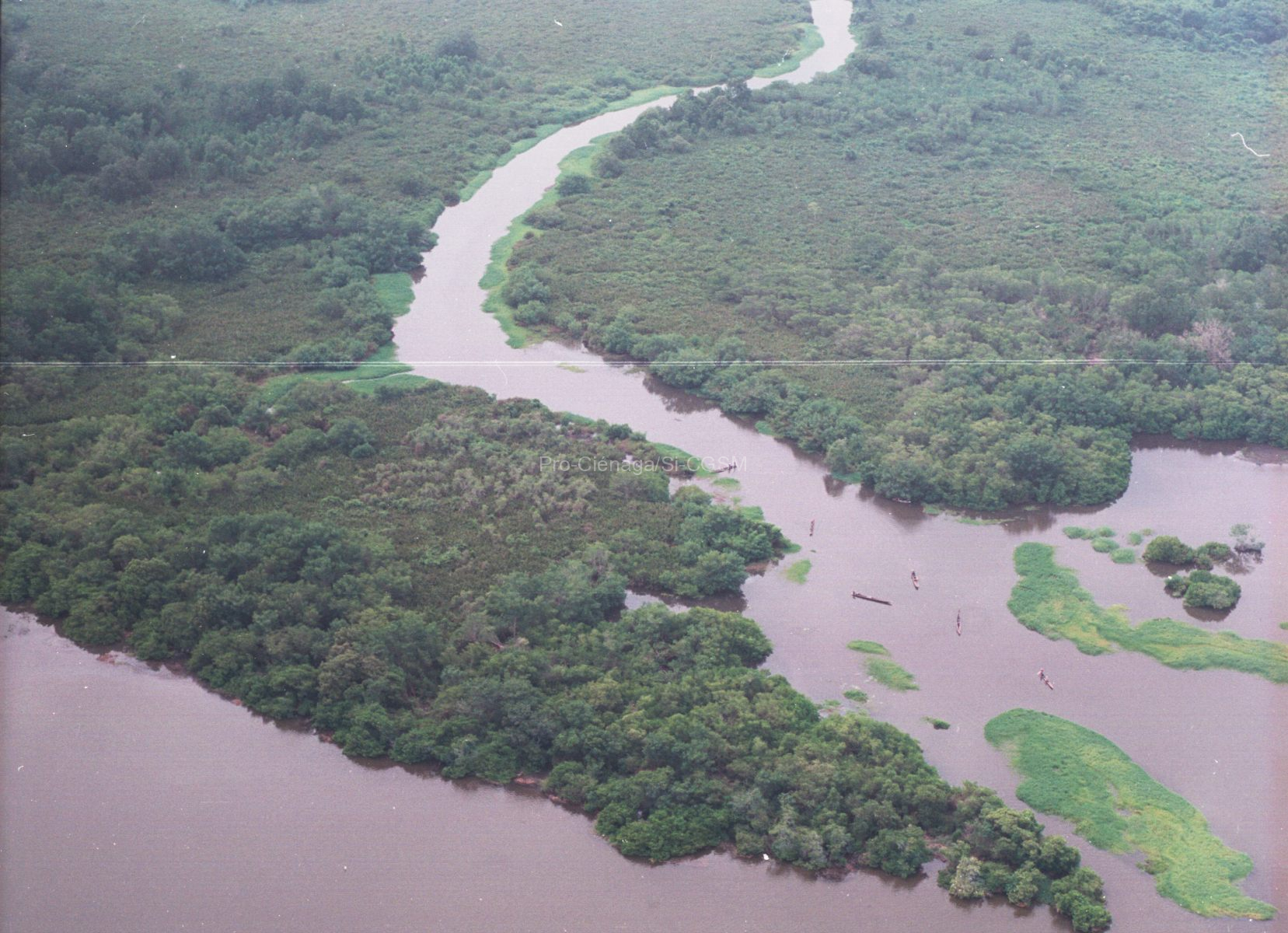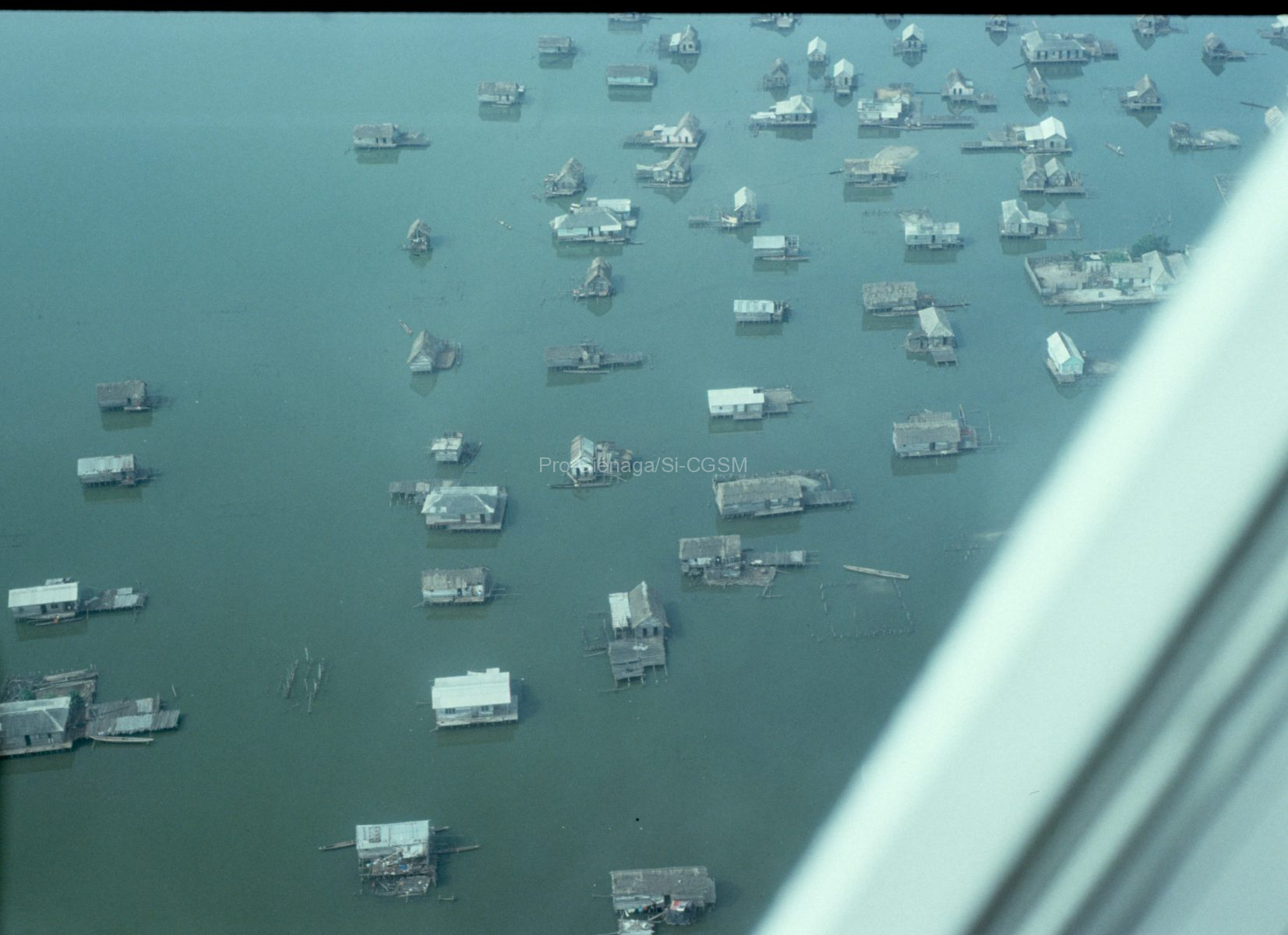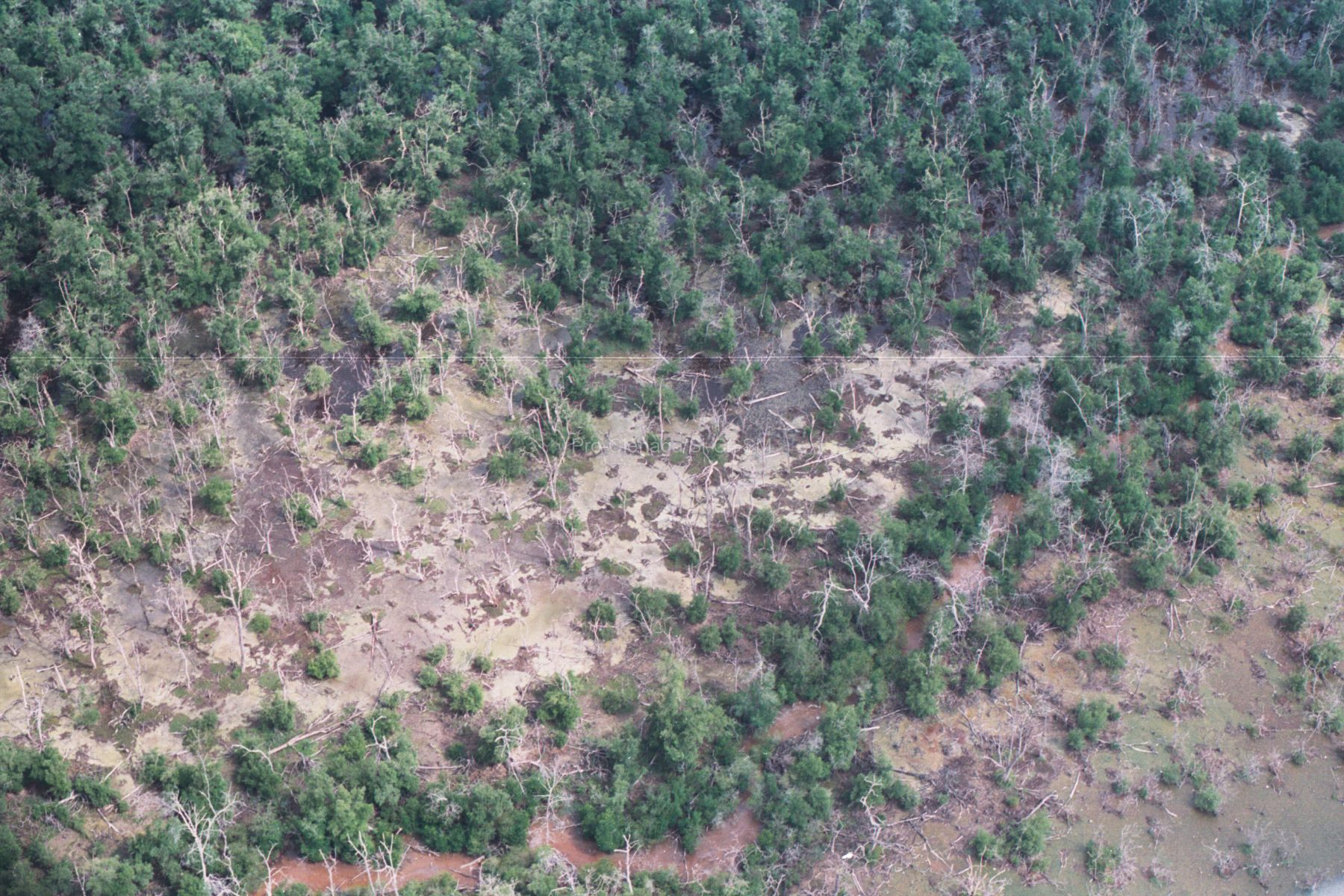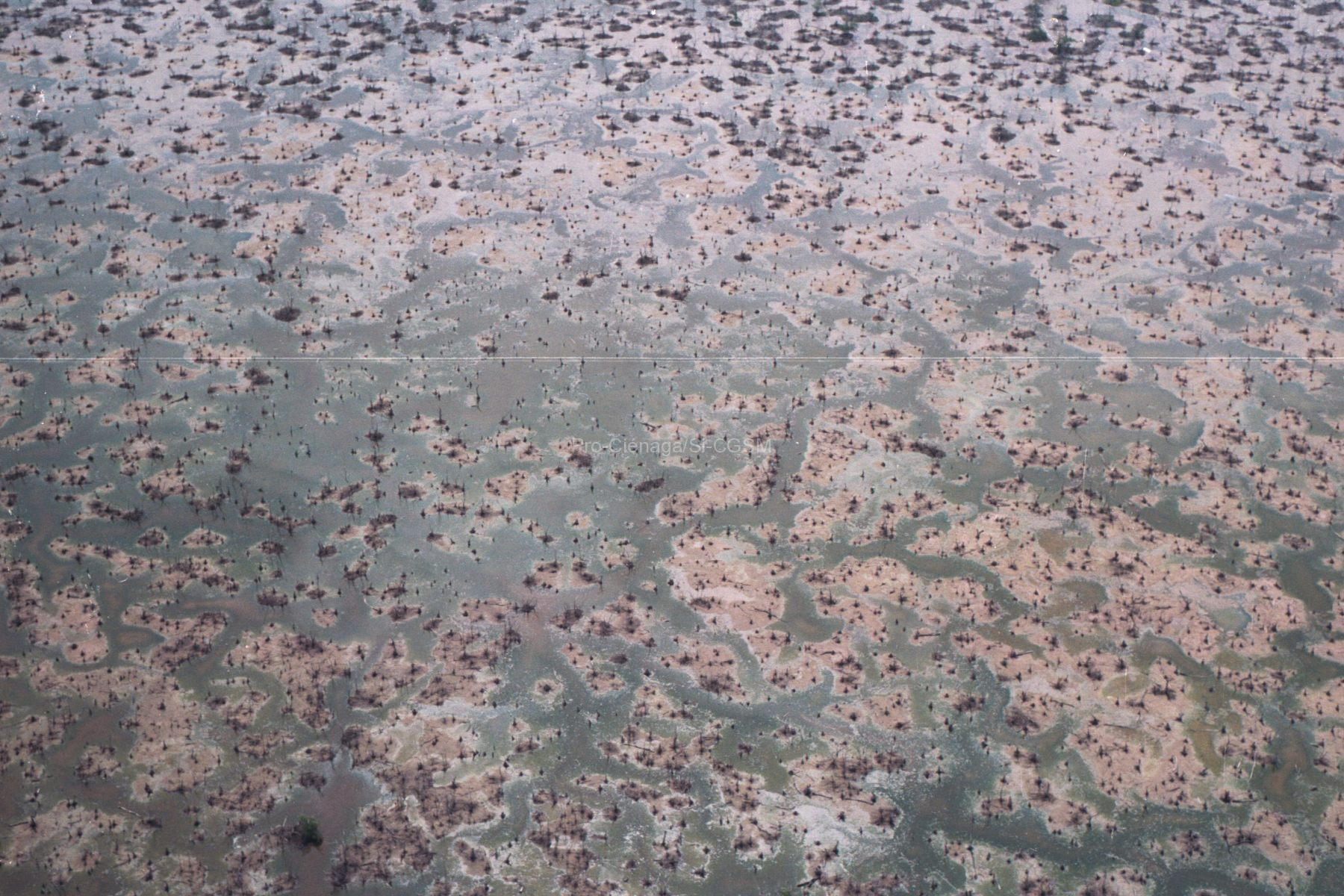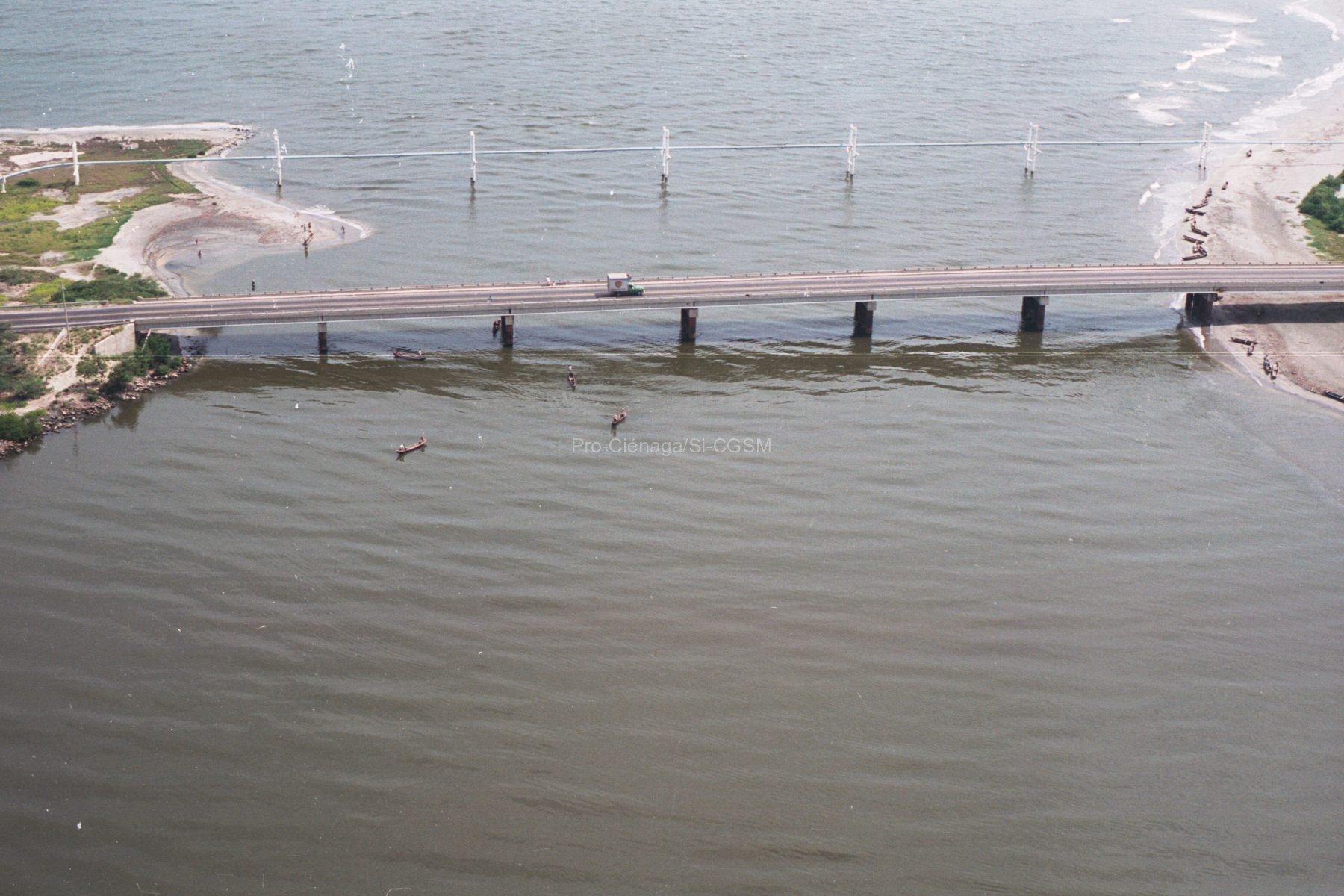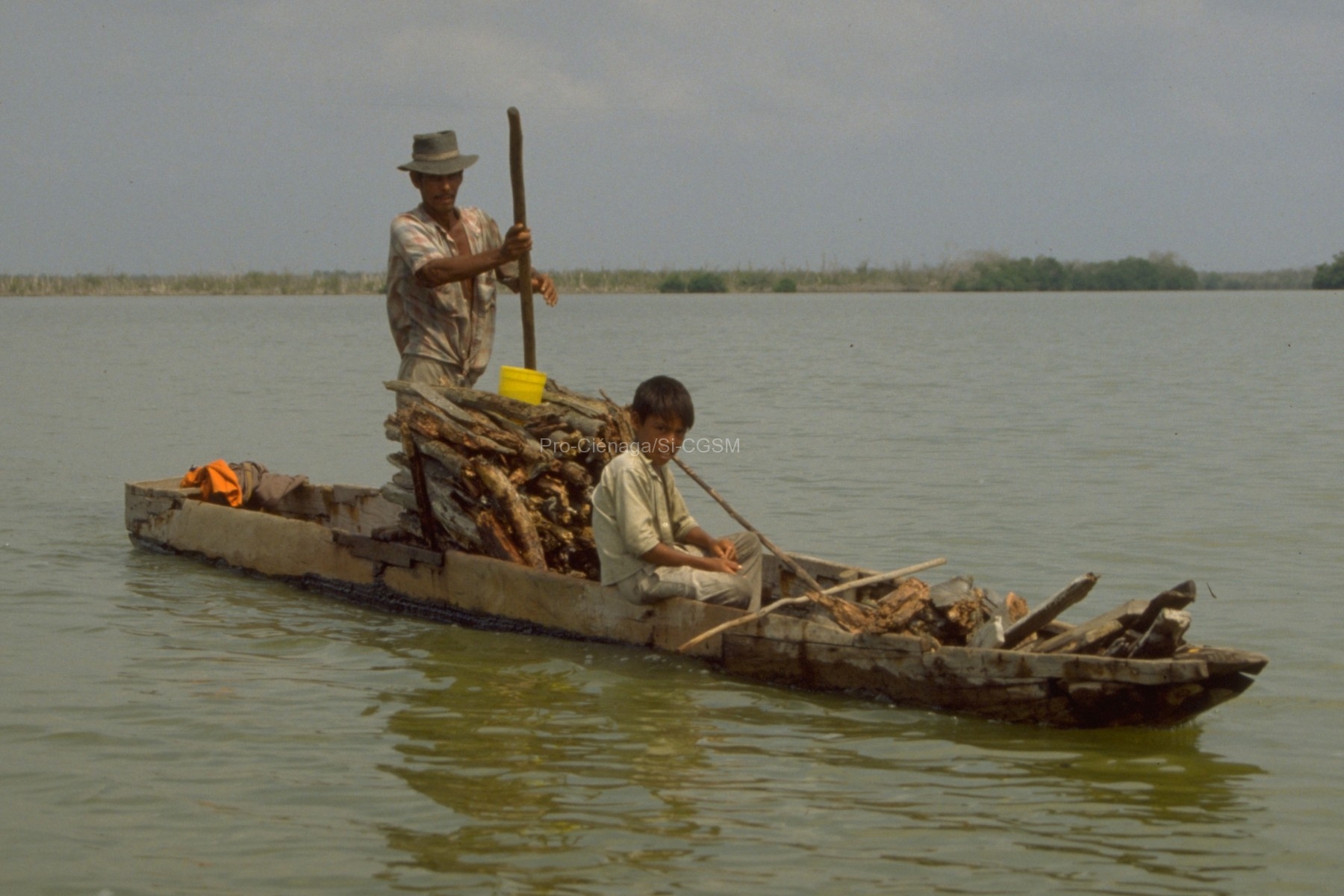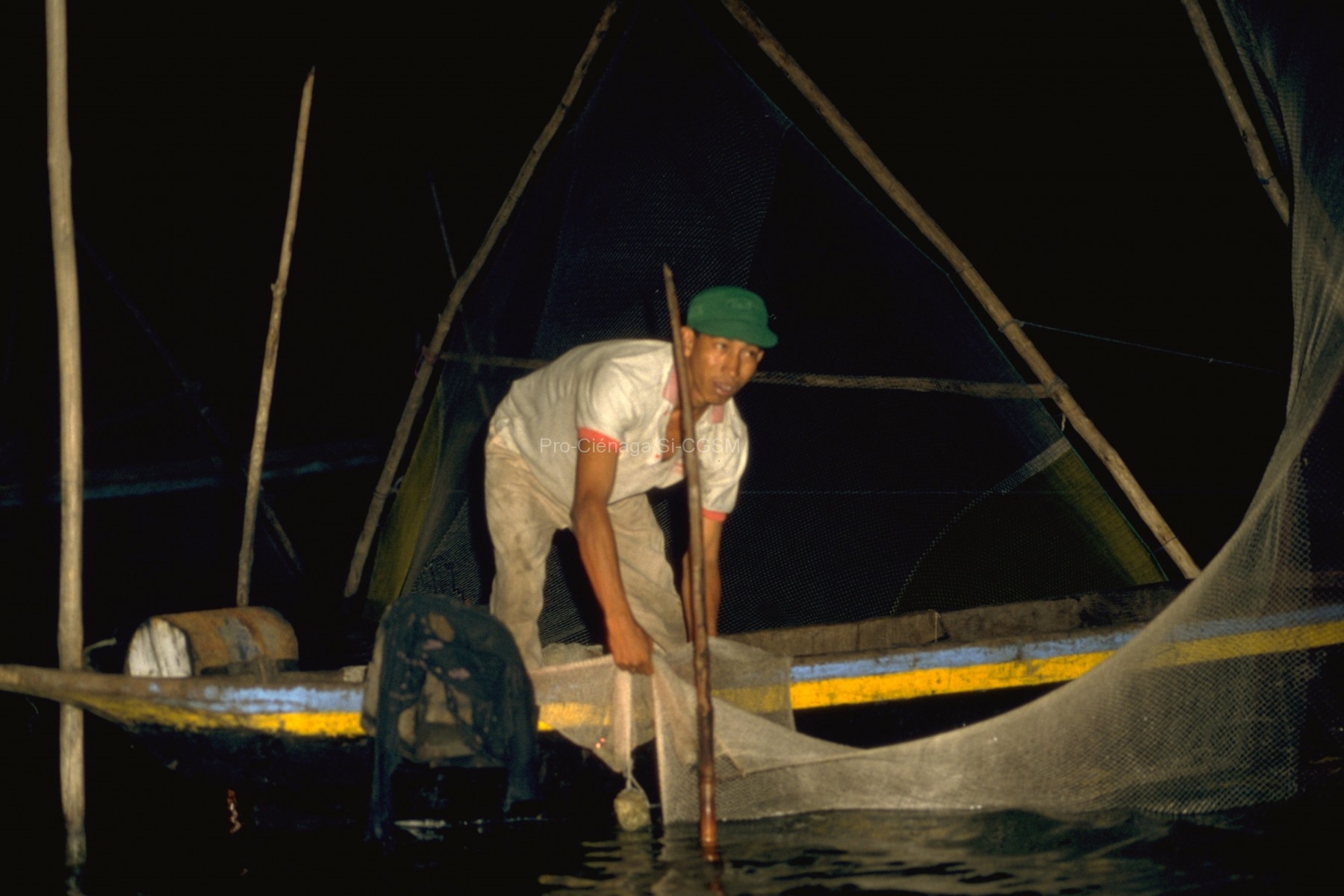http://www.scielo.org.co/pdf/mar/v27n1/v27n1a06.pdf
From available data from four sampling stations at Ciénaga Grande de Santa Marta coastal lagoon (Colombian Caribbean), contemporary and time-lagged cross-correlations between biweekly series of “biological” variables (chrolophyll a, primary productivity) and “physical-chemical” variables (salinity, transparency, inorganic nutrientes, total nitrogen and phosphorous, phaeopigments, seston proteins) were explored. In contrast with the original analyses, turning series stationary (constant mean and variance) eliminated variations in trend and magnitude associated with climate, and emphasized variation at the scale of weeks. As a result, changes in primary production were not related either with contemporary changes in phytoplankton biomass (measured as chlorophyll a) or with previous or contemporary changes in physical-Chemical variables. This apparent lack of effect of the inorganic nutrients regime on the primary production may occur because nutrient availability is the dinamyc result of uptake and recycling. Only, increases in total nitrogen were associated with rises in primary production 4 weeks later, possibly from lagged used of reserves by phytoplankton. Variations in phytoplankton biomass were positively correlated with contemporary changes in dissolved phosphorous, and negatively with changes in transparency. The first relation could be caused by phosphorous liberation from the benthos in nocturnal anoxic conditions during massive blooms. The second may occur because the main agent conditioning water transparency is phytoplankton. In contrast, increases in primary production were followed by decreases in dissolved nitrogen and phosphorous two weeks later, again possibly in relation to phytoplankton generation times and the dynamics of uptake and recycling.

